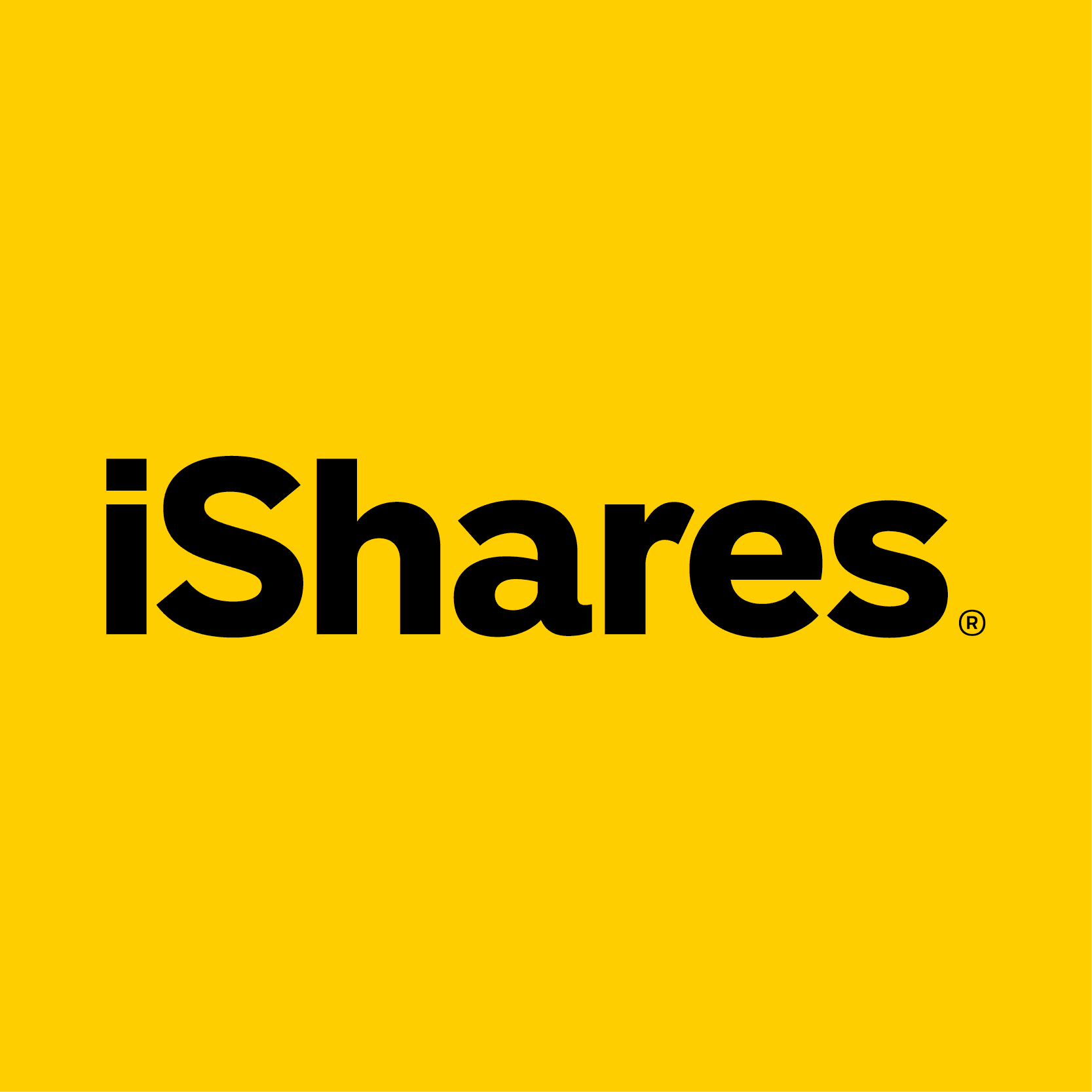
In collaboration with
iShares by BlackRock, a global leader in ETFs
Before picking an ETF to invest in, consider your investing goals and risk tolerance, the ETF’s performance, and any associated fees. Doing research can give you the confidence you need to pursue the right ETF investing strategy.
Learn how to choose the right ETF for you, including how to evaluate risk, understand fees, and more.
Thinking of adding an exchange-traded fund (ETF) to your portfolio? These investment products, which often seek to track the performance of a financial index, can be a lower-cost way to diversify your portfolio.
With over 8,000 available, it can be overwhelming to identify which ETFs that are best suited for you and your objectives. But with a little bit of research and knowledge, it’s possible to select ETFs that best meet your investment goals.
In this guide, we will cover some questions to ask yourself before deciding which ETFs to invest in.
What are your investing goals?

Building a nest egg for retirement. Buying a home. Paying for college. These are just some of the financial goals individuals may want to achieve with their investments.
By defining your objectives, you can tailor your ETF investing approach to align with them. This way, you’ll be able to make informed investing decisions and stay on track to pursue your financial goals.
For example, if you have long-term goals, you could consider stocks, which have historically delivered higher returns over long periods of time. If you have shorter-term goals (and need to invest with less risk), you could consider bonds.
Having a clear destination in mind can help you identify the right ETFs to have a successful investing journey.
What type of ETF is it?

Next, look for the ETFs that include the types of assets that align with your financial goals.
As we covered in the last article, there are many different types of ETFs, which can be broken down into categories such as equity, fixed income, commodities, and currency. You’ll want to research the different kinds to understand which ones best align with your financial goals.
For example, if you have longer-term financial goals, you may want to consider equity ETFs, which track the performance of a particular stock market index or sector and historically have driven higher returns over bonds over the long run. 1
If your goals are shorter-term, consider fixed-income ETFs, which are composed of government bonds and corporate debt, and are typically perceived as less riskier than stocks. 1
One way of identifying a type of ETF is by looking at its holdings, available on the ETF’s eToro homepage.
ETF holdings are typically published daily, giving you a real-time look at performance.
1 Source: Morningstar, BlackRock. Stocks are represented by the S&P 500 index from 3/4/57 to 12/31/22 and the IA SBBI US large stock index from 1/1/26 and 3/4/57. US bonds are represented by the Bloomberg US Agg Bond TR index from 1/3/89 to 12/31/22 and the IA SBBI US Gov IT index from 1/1/26 to 1/3/89. Cash/Savings are represented by the IA SBBI US 30 Day TBill TR Index from 1/1/26 to 12/31/22. Past performance does not guarantee or indicate future results. Index performance is for illustrative purposes only. You cannot invest directly in an index.
Who manages the ETF?

In addition to understanding the type of ETF you’re dealing with, it’s important to evaluate who manages the fund. ETFs are managed by asset management companies that have their own strategies and risk management philosophies when it comes to investing.
It’s essential to research the asset management company, as well as its individual portfolio managers, to ensure that you’re comfortable with their strategies and performance track record.
Questions to ask about ETF management include:
- How long have they been around? ETF providers that have been around longer may have deeper expertise in managing ETFs.
- Do they specialize in certain types of ETFs? Some ETF providers specialize in specific types of ETFs, such as a specific asset class, sector, or theme. If there is a particular type of ETF you are looking for, it may be worth seeing if a particular provider specializes in that type of ETF.
How much does the ETF cost?

Once you’ve found an ETF that meets your investment objectives, the next step is to review its fees.
An ETF’s primary fee is called its expense ratio, which can typically be found on the ETF’s homepage on eToro. Other related costs to investing in ETFs may include transaction costs, such as brokerage commissions (but remember, there are no commissions to investing in ETFs on eToro).
An ETF’s expense ratio is typically shown as a percentage. For instance, the average expense ratio of US equity-listed ETFs is 0.53%2. That means for every $100 invested in the average ETF, your cost as an investor would be $0.53 every year.
While that doesn’t sound too large, as Samara Cohen, Chief Investment Officer of ETF and Index Investments at BlackRock notes, “even small differences in an expense ratio can make a big difference over the long-term.”
20.53% is the average expense ratio of U.S.-equity listed ETFs. Source: ETF.com. As of 07/24/2023. https://www.etf.com/etf-education-center/etf-basics/why-are-etfs-so-cheap.
“Even small differences in an expense ratio can make a big difference over the long-term.”
Samara Cohen, Chief Investment Officer of ETF and Index Investments, BlackRock
Let’s say you have found a few stock ETFs that charge the average ETF expense ratio (0.53%) and a few stock ETFs that charge a 0.03% expense ratio. You want to invest $10,000 and will need the money in 20 years.
Assuming a 10%3 return (which was the average return of the US stock market over the last 10 years), the ETFs with a 0.03% expense ratio would have provided you with over $5,000 more than the ETFs with a 0.53% expense ratio.
It could pay to choose more cost-effective investments, especially when investing over the long-term.
3For illustrative purposes only and is not indicative of the performance of any actual fund or investment portfolio. Does not include commissions or sales charges. The average annual return of the total US stock market over the period July 1926 to December 2022 was 9.9%. 10% is used as an approximation of the actual average return realized over the last 95 years. Past performance does not guarantee future results. Source: Fama and French https://mba.tuck.dartmouth.edu/pages/faculty/ken.french/data_library.html.
Conclusion
Investing in ETFs can be a great way to diversify your portfolio, but it’s important to do your research before committing.
By understanding the type of ETF you’re investing in, analyzing who manages the fund and its fees, as well as evaluating its track record over time, you’ll have a better idea if this is an investment that may align with your financial goals.
With careful consideration and due diligence on your part, you should be able to make more informed decisions when selecting which ETFs are right for you.
Found the ETFs that align with your goals? Learn how you can get started investing in ETFs in our next lesson.
About iShares by BlackRock
iShares unlocks opportunity across markets to meet the evolving needs of investors. With more than twenty years of experience, a global line-up of 1300+ exchange traded funds (ETFs) and $3.12 trillion in assets under management as of September 30, 2023, iShares continues to drive progress for the financial industry. iShares funds are powered by the expert portfolio and risk management of BlackRock.
This communication is in collaboration with iShares by BlackRock. BlackRock and iShares are trademarks of BlackRock, Inc. or its affiliates (together “BlackRock”). BlackRock does not sponsor or endorse any content outside the ETF Academy and is not affiliated with eToro or any of its affiliates.
This communication is for information and education purposes only and should not be taken as investment advice, a personal recommendation, or an offer of, or solicitation to buy or sell, any financial instruments. This material has been prepared without taking into account any particular recipient’s investment objectives or financial situation. Any references to past or future performance of a financial instrument, index or packaged investment product are not, and should not be taken as, a reliable indicator of future results.
eToro encourages its customers to carefully consider the funds’ investment objectives, risks, and charges and expenses carefully before investing. This and other information can be found in the funds’ prospectuses or, if available, the summary prospectuses which may be obtained by visiting each fund company’s website or www.sec.gov/edgar/search. For iShares Funds, please visit www.iShares.com/prospectus. Read the prospectuses carefully before investing.
Investing involves risk, including possible loss of principal. Diversification and asset allocation may not protect against market risk or loss of principal. There can be no assurance that an active trading market for shares of an ETF will develop or be maintained. Transactions in shares of ETFs may result in brokerage commissions and may generate tax consequences. All regulated investment companies are obliged to distribute portfolio gains to shareholders.
Securities trading is offered by eToro USA Securities Inc., member of FINRA and SIPC, a self-directed broker-dealer that does not provide recommendations or investment advice. Visit our Disclosure Library for additional important disclosures including our Customer Relationship Summary and order routing information and statistics. FINRA Brokercheck © 2023.


